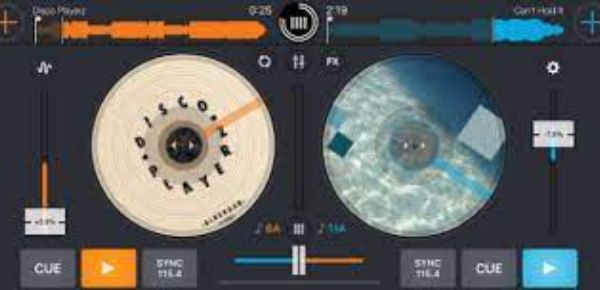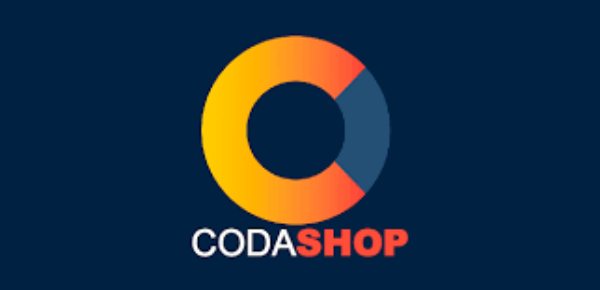In today’s technologically advanced world, software tools have become integral to our lives. One such tool that has gained popularity among users is the TXD tool. The Texture Dictionary (TXD) tool is designed to assist in managing texture files within video games and other digital applications. This blog post will explore the pros and cons of using the TXD tool.

Pros:
- Efficient Texture Management: The primary advantage of utilizing a TXD tool is its ability to efficiently manage texture files within a project or game development process. This powerful software allows users to easily organize textures by creating dictionaries, reducing redundancy, and optimizing memory usage.
- Enhanced Performance: By effectively managing texture resources through compression techniques provided by the TXD tool, developers can significantly improve their application’s performance without compromising visual quality. This optimization allows smoother gameplay experiences on various devices with limited hardware capabilities.
- Streamlined Workflow: The user-friendly interface offered by most modern-day TXD tools simplifies workflow processes for designers and developers alike when working with large volumes of textures simultaneously across multiple projects or platforms.
- Cost-effective Solution: A reliable third-party solution like a well-developed open-source or commercial version of a TxT editor eliminates potential costs in developing an in-house alternative from scratch while providing access to additional features regularly updated by dedicated teams.

Cons:
- Learning Curve: Due to their steep learning curve, beginners or individuals unfamiliar with similar software tools used in graphic design or game development industries may initially find it challenging to grasp all functionalities provided by complex TxT editors.
- Potential Compatibility Issues: Different versions of TxT editing solutions might not be compatible across other operating systems (OS), leading to compatibility issues during collaboration between team members who use diverse OS environments.
- Dependency on External Tools: While TXD tools offer a range of features, they often rely on external software or plugins to perform specific tasks. This dependency can introduce complications and additional steps in the workflow.
- Limited Customization: Although most TXD tools provide various useful features, users may find limitations regarding customization options. These restrictions might hinder advanced users who require more flexibility for their specific project needs.
Conclusion:
Using a TXD tool undoubtedly offers numerous benefits for texture management within digital applications and game development projects. From efficient resource handling to enhanced performance, these tools streamline workflows while reducing costs associated with developing proprietary solutions from scratch.
However, it’s essential to consider potential drawbacks such as a steep learning curve for beginners, compatibility issues across different operating systems, dependencies on external software/plugins, and limited customization options that could impact user experience.
Choosing the right TXD tool requires careful consideration based on individual requirements and preferences. Conducting thorough research into available options will help ensure optimal utilization of this powerful software tool while minimizing potential downsides.






